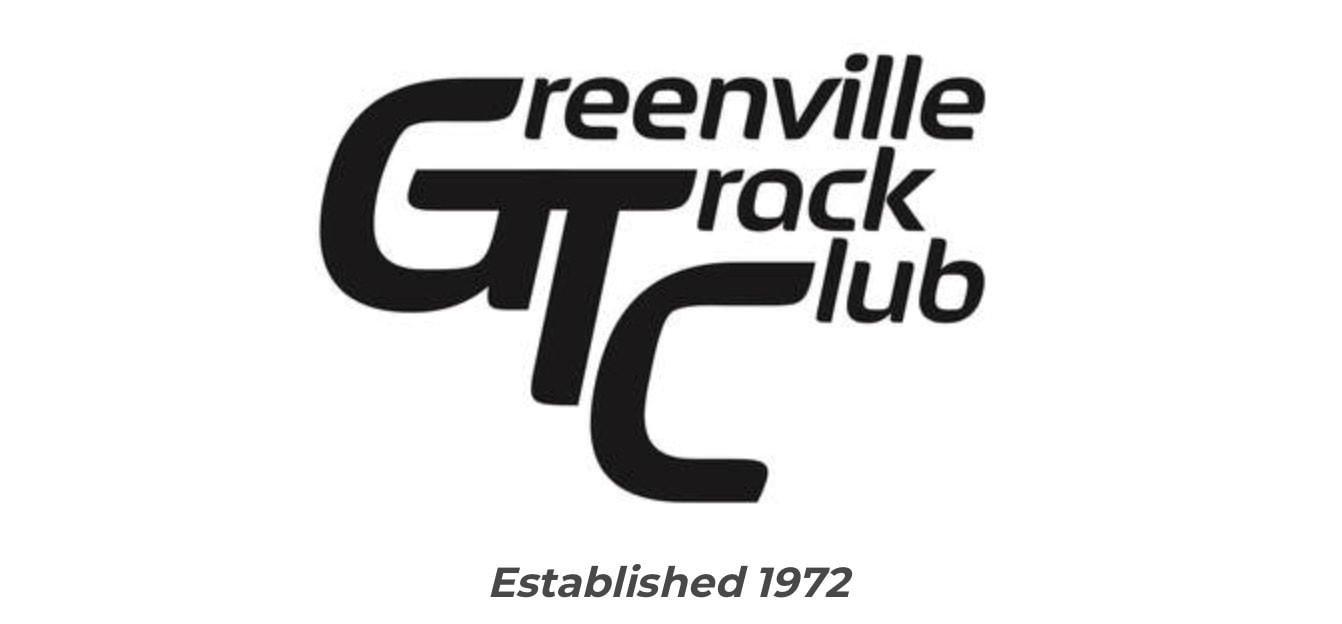 The following blog, by ASICS GTC-ELITE director Mike Caldwell, appeared as an article in the Summer issue of PACE Running Magazine. In the spring issue of PACE Running Magazine we discussed running form and some of the solutions we use and recommend. We recommended scheduling an evaluation of your running gait by expert Kent Kurfman at Pro Axis Running Academy. Kent has been very good at evaluating some of the post-collegiate, Olympic Development athletes who are members of our ASICS Greenville Track Club-ELITE program. He uses his years of experience and training to analyze each athlete’s running gait, conducts appropriate measurements of flex angles and prescribes solutions and drills to correct any issues that are discovered. Some of the solutions may include various stretches to increase flexibility in specific areas, or may be as simple as adding eccentric calf stretches to your ancillary workout program. Although we already have our athletes doing ancillary work for approximately three hours per week, we have added some additional items at Kent’s prescription. Another resource that we are seeing good results from is our use of the ElliptiGO trainer. According to the company’s description, “The ElliptiGO is the world's first elliptical bicycle. Designed by runners as the ideal cross-training device, the ElliptiGO combines the best of running, cycling and the elliptical trainer to deliver a low-impact, high-performance workout outdoors. We believe it is the ideal cross-training device for healthy runners and the best replacement for running for injured runners. It delivers an exercise experience that is closer to running than anything else available today.” A couple of years ago, one of our athletes had incurred an injury, which would continue to be compromised by the pounding due to actual running. So we researched the ElliptiGO and decided to obtain one to use when running was not possible. It turned out to be a great decision. Much like an elliptical machine found in most fitness centers, the leg movement is similar to your running stride. However, there is no striking ground force involved. As a coach I am always searching for an edge that may assist in the continual development of our elite athletes and improving their competitive performances. And as an exercise physiologist my tendency is to refer to research to find out what might work better than our current methods. I have always believed that our workout sessions should be based on concepts that I could actually complete if I was back in my prime or had the same abilities as our current elite athletes. So, when our ElliptiGO unit arrived, I was probably more excited than our athletes. A while back, I had observed some elite/professional athletes using ElliptiGOs. Former NCAA cross country champion Adam Goucher had experimented with training on an ElliptiGO, when we lived in Portland. Then, during our quadrennial sojourn to Eugene, Oregon for the 2012 USA Olympic Trials we observed other elite athletes doing supplemental training on “GOs”. And more recently, 2014 Boston Marathon champion Meb Keflezighi has been an advocate of supplementing his training on the ElliptiGO. Why is it different from cycling? Well, first, you are standing and can’t sit down. So the exercise mimics running. Metabolic testing research has been conducted comparing the cost of riding an ElliptiGO bike versus running and conventional cycling. The energy cost of exercising on the ElliptiGO was on average 33% (+ or – 11%) greater compared to cycling at a given velocity. The comparison with running demonstrated that at the two highest velocities tested (16 and 18.5 mph), the energy cost of exercising on the GO was similar to that of running at 7.5 and 8.6 mph (8 and 7 minutes per mile pace). However, at lower velocities on the ElliptiGO, the energy cost of running at 6.0 and 6.7 mph was actually greater than when exercising on the ElliptiGO. The heart rate responses and perceived exertion were markedly higher on the GO than for cycling, but similar for those parameters when running. From such research, it seems that riding the GO at speeds of 18.5 mph closely correlates with running at 7 minute-per-mile pace on flat terrain. Since our athletes usually run at approximately that pace on their recovery days, we can substitute a 45-minute workout on the GO for a 45-minute run and reduce the cumulative impact-related forces, while experiencing the same VO2 and energy costs associated with the training. Previous research has also indicated that stand-up cycling training can improve 10K running performance. Statements from Olympic gold medalist Frank Shorter and Ironman champion Dave Scott had intrigued researcher Tom Miller. Both believed that standing up on bicycles while pedaling intensely uphill had positively influenced their running performances. The results of Miller’s study found an 8.6% improvement in 10K running performance after stand-up cycling training. So we decided to have one of our athletes use the ElliptiGO for her secondary workouts on the harder days in each training microcycle. While we do not have a control subject, or an appropriate number of subjects to conduct research, we have been extremely pleased with her progress and development. One of the additional benefits seems to be that stride length and turnover rate is maintained and even enhanced when using the ElliptiGO in supplemental training, and with no additional impact. In summary, we are impressed with the training effects accumulated without exposing the athlete to additional running mileage when using the ElliptiGO. It has become yet another vital component in our group of resources.
0 Comments
Leave a Reply. |
AuthorMike Caldwell is the Director and one of the coaches for ASICS Greenville Track Club-ELITE. For more on Mike please visit his page on this website. Archives
June 2020
Categories |
- News Blog
-
About Us
- Mission, etc.
- Our Four Pillars
- Our Maxims
- Contact Us
- Support Us
- Board of Directors
- Qualifying Standards
- FAQs
- Apply
- Olympic Trials Qualifiers
- NCAA Champions
- NCAA All Americans
- Club Records
- SC State Records
- Performance Lists
- Victories
- USA Road Championships
- Program Highlights >
- Community Involvement
- Legacy Running Camp
- Schedule
- Coaching & Training
- Laura Caldwell Fellowship
- Current Athletes
-
Alumni
- Wallace Campbell
- Calista Ariel
- Chass Armstrong
- Trent Binford-Walsh
- Ryan Bugler
- Chris Caldwell
- Josh Cashman
- Shawnee Carnett
- Frank DeVar
- Nicole DiMercurio
- Kate Dodds
- Dylan Doss
- Ricky Flynn
- Emily Forner
- Adam Freudenthal
- Dylan Hassett
- Mark Leininger
- Mackenzie Lowe
- Zach Mains
- Cristina McKnight
- Avery Martin
- Tyler Morse
- Joe Niemiec
- Alison Parris
- Victor Pataky
- Annie Rodenfels
- Ryan Root
- Kimberly Ruck
- Austin Steagall
- Carolyn Watson
- Chelsi Woodruff
- Blake Wysocki
- Pics & Vids
- Sponsors
- Greenville, etc
- Social Media
- News Blog
-
About Us
- Mission, etc.
- Our Four Pillars
- Our Maxims
- Contact Us
- Support Us
- Board of Directors
- Qualifying Standards
- FAQs
- Apply
- Olympic Trials Qualifiers
- NCAA Champions
- NCAA All Americans
- Club Records
- SC State Records
- Performance Lists
- Victories
- USA Road Championships
- Program Highlights >
- Community Involvement
- Legacy Running Camp
- Schedule
- Coaching & Training
- Laura Caldwell Fellowship
- Current Athletes
-
Alumni
- Wallace Campbell
- Calista Ariel
- Chass Armstrong
- Trent Binford-Walsh
- Ryan Bugler
- Chris Caldwell
- Josh Cashman
- Shawnee Carnett
- Frank DeVar
- Nicole DiMercurio
- Kate Dodds
- Dylan Doss
- Ricky Flynn
- Emily Forner
- Adam Freudenthal
- Dylan Hassett
- Mark Leininger
- Mackenzie Lowe
- Zach Mains
- Cristina McKnight
- Avery Martin
- Tyler Morse
- Joe Niemiec
- Alison Parris
- Victor Pataky
- Annie Rodenfels
- Ryan Root
- Kimberly Ruck
- Austin Steagall
- Carolyn Watson
- Chelsi Woodruff
- Blake Wysocki
- Pics & Vids
- Sponsors
- Greenville, etc
- Social Media


 RSS Feed
RSS Feed











